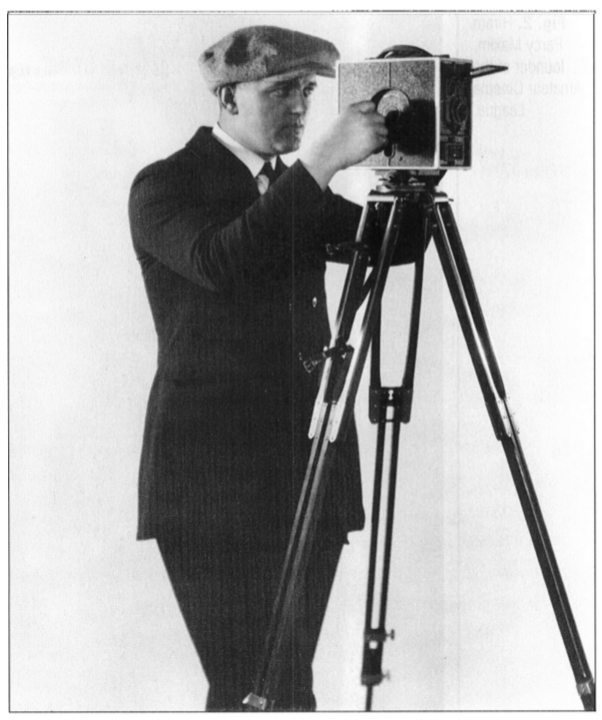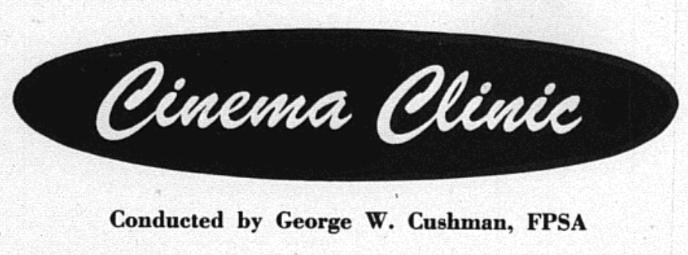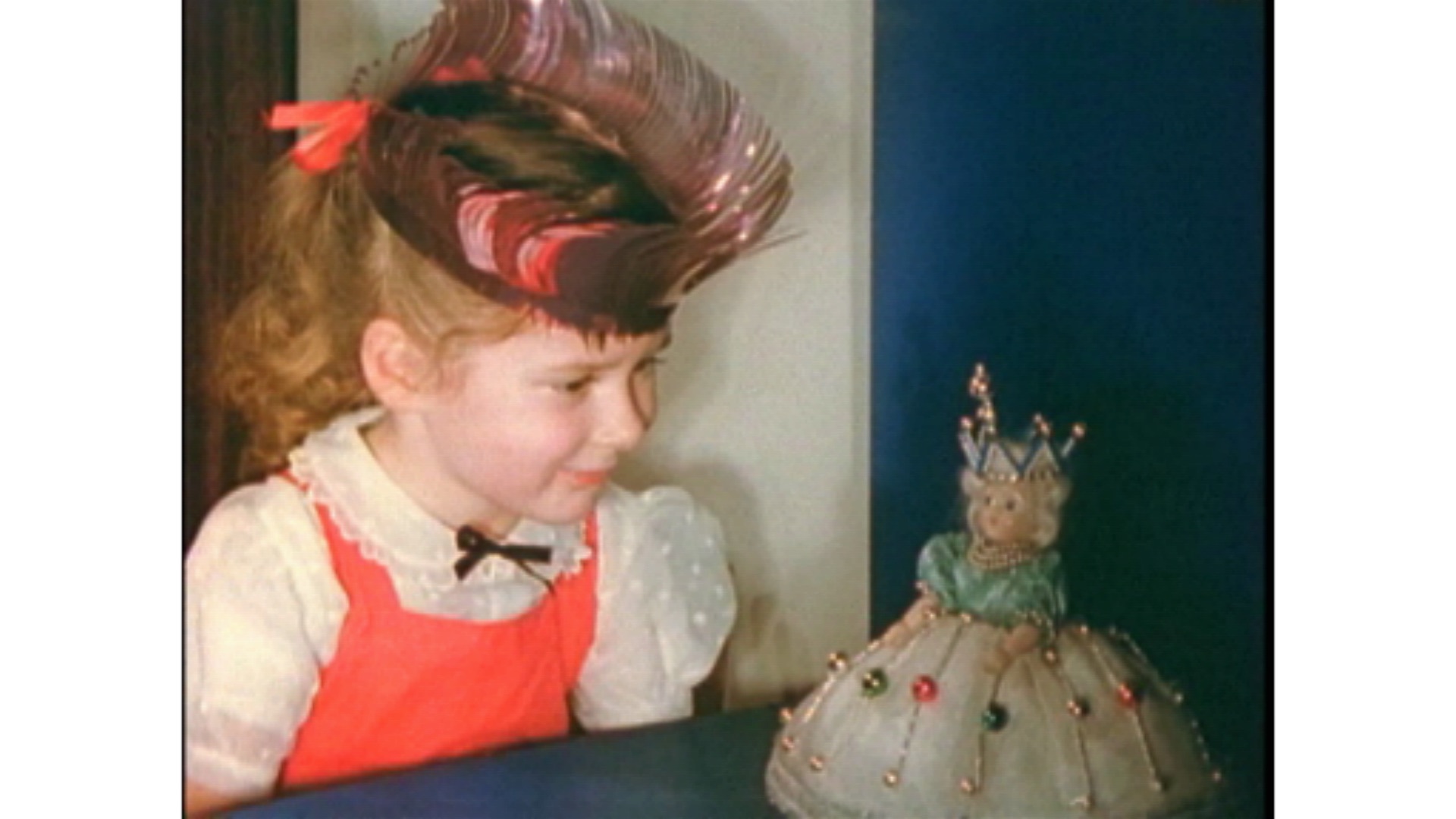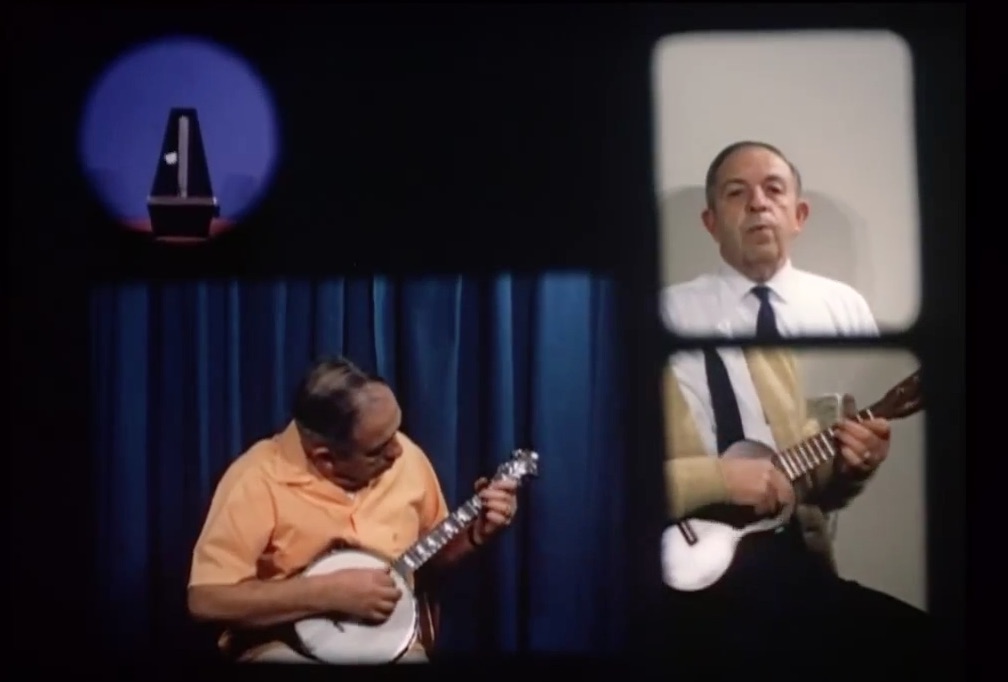The Photographic Society of America (PSA) was originally named the Associated Camera Clubs of America (the A. C. C. of A.), which formed in 1920 with an initial membership of 22 camera clubs across the United States. The national association’s first activities included the assembly and distribution of a print and a lantern slide interchange among members (Chatto, 18). In 1934, organizers decided to change their name to the Photographic Society of America (PSA). This change coincided with the general consensus that over 50 clubs in the Americas (Canada, the U.S. and Mexico) would be further united and that the club constitution would be altered to allow for individuals to join without membership of a club.

The Motion Picture Division (MPD) of the PSA formed in 1946 as a rival to the existing Amateur Cinema League. The PSA-MPD founding chairman, Harris B. Tuttle, worked for the Eastman Kodak company as a researcher, and was a key figure in the introduction of the 16mm format (Swanson). In 1954, 5000 ACL members were absorbed into the Photographic Society, finding some common ground with the PSA community still photographers and slide producers (Tepperman, 159). Members also benefited from the PSA’s annual convention and the encouragement of face-to-face contact; this allowed for more intimate networking than the ACL ever offered.
The Ten Best competition was continued by PSA from 1954 until 1962 when it was renamed the American International Film Festival. Unlike ACL stipulations, the festival only asked that film formats be in 16mm and 8mm: no amateur of professional status was required. However, in later years, the contest created a separate class of awards dubbed “Class C” winners, which were awarded only to commercial films. While the name of the competition changed, the Ten Best tradition of choosing ten outstanding films and their honourable mentions (sometimes more than ten) continued, and additional PSA Awards were added later. Though the PSA Journal was primarily focused on still photography, the magazine began printing a separate 5-page movie section in their monthly journal which was edited by George Cushman. Cushman was the principal voice of moviemakers the 1950s and also went on to write the PSA column entitled “Cinema Clinic.” The column ran from 1953 to the late 1970s and offered technical filmmaking advice, critiqued films and advocated for the creative possibilities of amateur moviemaking.

At conventions, the PSA offered screenings of selections from the Ten Best and the American International Film Festival or PSA MPD award winners. These screening programs became available for rent to members or clubs in the late 1950s. Prominent PSA members also went on to sponsor PSA awards which continued to increase in number throughout the 50s and 60s.
In 1955, the PSA-MPD created the PSA Gold Medal Award which was given to the best film of the year by a PSA member. That year it was won by PSA-MPD member Esther Cooke for her Austrian travelogue, Corpus Christie Day In Hallstaatt. Other PSA Awards introduced in 1955 include the Harris B. Tuttle Trophy for the best family film, and the Dick Bird Trophy for the best nature film. From 1956 to 1963, the competition created at least one new award category each year in the competition. These included awards such as the Cushman Sound Award for best use of sound in a film, Best Scenario Film (also known as the Northern California Council of Movie Clubs or N.C.C. of M.C. Award), Best Club Production, the Norris Harkness Award for community service, the Humorous Film Award, Travel Film Award, Golden Scissors Award for effective editing, Student Film Award, Best Foreign Film and Best Experimental/Abstract Film.

Additional award categories included the Special Citations and the Class C Awards. Special Citations varied in number each year and were “usually given to films which excel in one phase of production but are not sufficiently proficient in all phases to win an honorable mention” (Cushman, 36). Class C Awards were given to commercial films which steadily increased in number and eventually had categories within Class C such as Best Class C film, Best Public Service Film, and Best Medical Film.

Although the Ten Best competition format concluded in 1971, the MPD-PSA itself completed its final competition in 1990. Longtime member George W. Cushman then renamed the festival the American Motion Picture Society (AMPS) and it continues the festival tradition as a non-profit charitable organization soliciting films for non-commercial use today.
Sources:
Chatto, Byron H., “History Of The Photographic Society Of America.” PSA Journal, 60.1 (1994): 18.
Cushman, George W., “The Winning Films In The 37th Annual PSA-MPD International Film Festival.” PSA Journal, 32.9 (1966): 33-36.
Kattelle, Alan D.,“The Amateur Cinema League and its Films.” Film History, 15, no. 2 (June 2003): 238-251.
Tepperman, Charles, Amateur Cinema: The Rise of North American Moviemaking, 1923-1960. University of California Press, 2014.
Swanson, Dwight, “Inventing Amateur Film: Marion Norris Gleason, Eastman Kodak and the Rochester Scene, 1921-1932.” Film History 15, no. 2 (2003): 126-36.